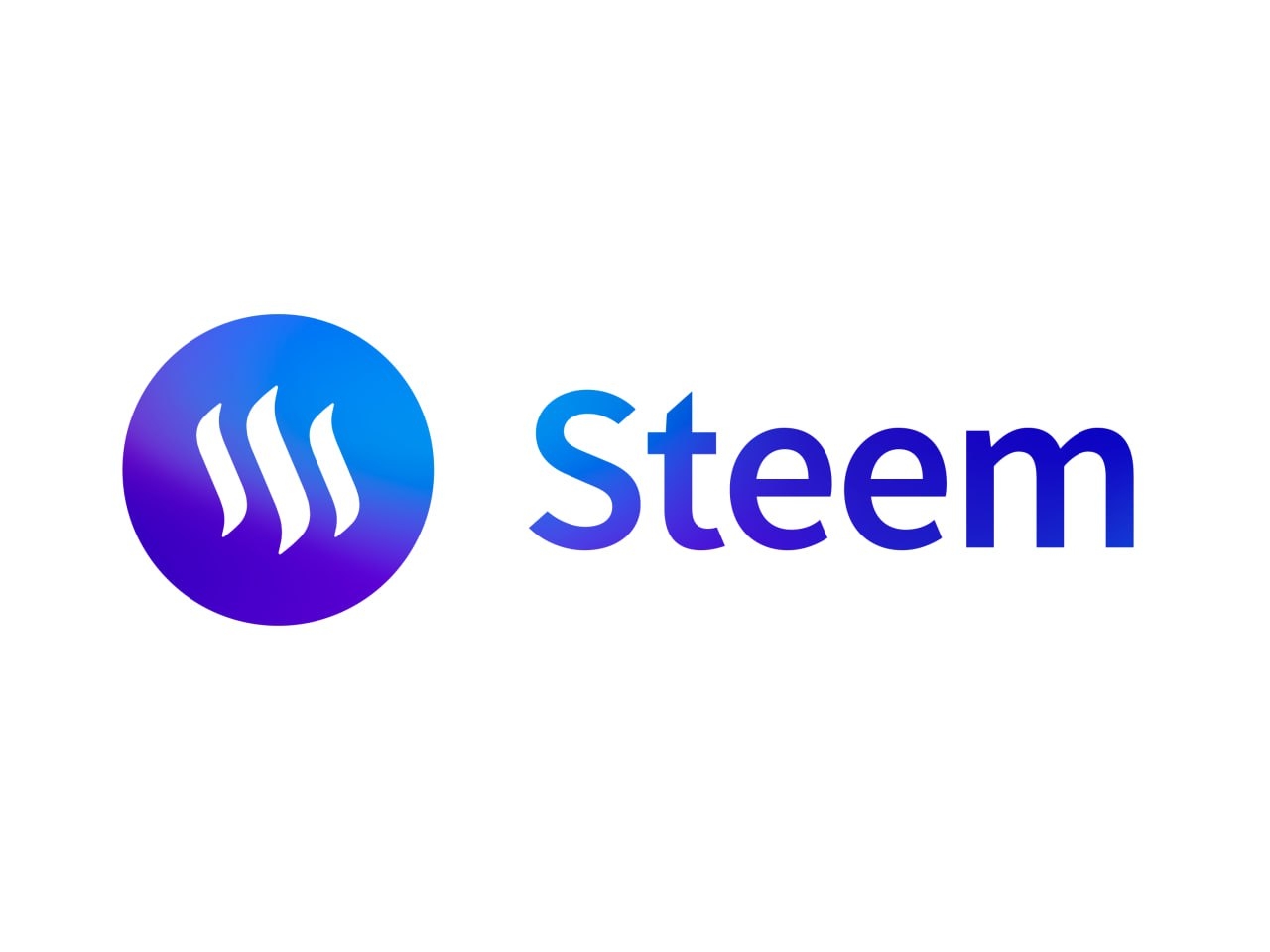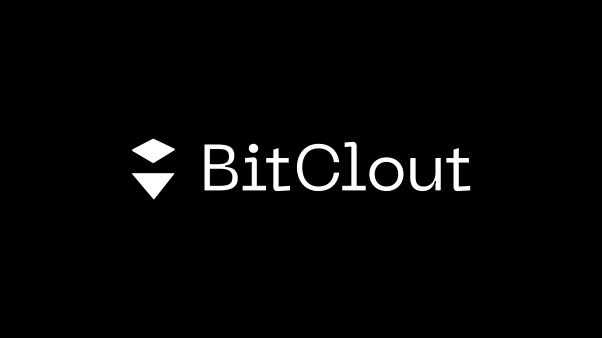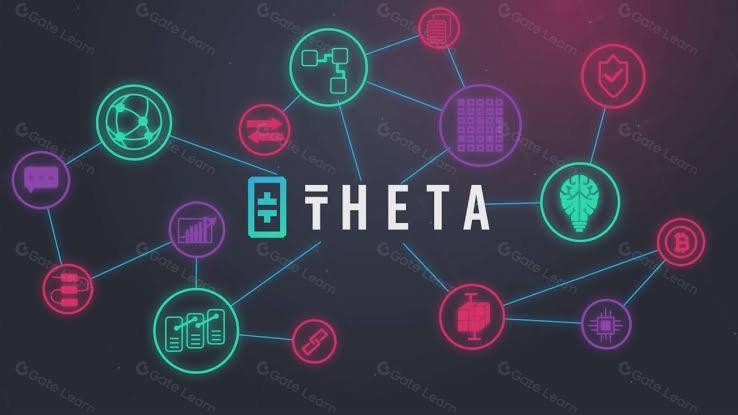What is SocialFi? A Beginner’s Guide



Editorial Note: While we adhere to strict Editorial Integrity, this post may contain references to products from our partners. Here's an explanation for How We Make Money. None of the data and information on this webpage constitutes investment advice according to our Disclaimer.
SocialFi combines social networks and crypto, creating platforms where users earn crypto for online interactions. Here’s a breakdown of its key features:
Core concept: crypto rewards for user interaction.
Decentralized ownership: it belongs to users, not companies.
Social tokens: currencies linked to creators or groups.
Use cases: rewards and donations.
SocialFi, a combination of social networks and crypto, is changing the way people connect online. By using blockchain and digital currencies, SocialFi platforms let users earn money from their content, take control of their personal data, and engage in digital economies. Let’s take a closer look at this unique concept and see what it offers.
What is SocialFi?
SocialFi are blockchain-powered ecosystems that merge social features with DeFi, letting users earn rewards for participation.
Unlike traditional platforms where companies earn the profits, SocialFi lets users regain control. Users earn crypto for actions like posting or engaging with communities.It focuses on decentralization and user control. Blockchain makes interactions transparent and rewarding, connecting user activity to rewards. SocialFi supports a fairer space for both creators and users.
How does SocialFi work?
SocialFi operates on decentralized blockchain networks. Here’s a breakdown of its core functionality:
Tokenized economy. Users earn social tokens or cryptocurrency for their contributions, such as creating content or engaging with posts. These tokens can be traded, staked, or used for governance within the platform.
Decentralization. Unlike centralized platforms, SocialFi platforms leverage blockchain to ensure data transparency, user privacy, and reduced censorship.
NFT integration. Many SocialFi platforms incorporate NFTs, allowing users to tokenize and sell digital assets like art, music, or exclusive content.
Community governance. Token holders often have voting rights, enabling them to influence platform decisions.
How SocialFi differs from traditional social media
Here’s how SocialFi is different from traditional social media:
Ownership. In traditional platforms, user data is owned by corporations. In SocialFi, users retain ownership of their data and content.
Monetization. Traditional platforms monetize user activity through ads. SocialFi rewards users directly through crypto incentives.
Transparency. Blockchain technology provides a transparent and immutable ledger, unlike the opaque algorithms of traditional media.
Key features of SocialFi platforms
Decentralized Identity (DID)
SocialFi platforms use blockchain-based identity systems that let users manage their digital identities. Unlike traditional platforms that store user information on centralized databases, these systems protect user privacy and prevent data breaches.
This approach cuts out middlemen, reduces dependency on centralized platforms, and allows users to own their data completely. It also simplifies identity verification, helps prevent identity theft, and builds trust for online interactions.
Tokenization
A key part of SocialFi platforms is tokenization, where social tokens keep the system running. These tokens are used for payments, tips, exclusive content, and even to influence how the platform operates.
Users can earn tokens by posting, interacting, or offering services within the platform. Tokenization makes it easier for users to earn money directly and adds a financial layer where users get rewarded for their efforts, unlike typical social media sites.
Community ownership
SocialFi platforms encourage community control by giving token holders a say in decisions. This setup lets users suggest changes, vote, and influence policies, making decision-making more open and user-driven.
It encourages transparency and trust, with decisions recorded on the blockchain for anyone to check. Community control helps align the platform's goals with user needs and creates a space where users are heard.
Rewards and incentives
To encourage user engagement, SocialFi platforms offer rewards and incentives in the form of tokens or digital assets. Users can earn rewards by creating high-quality content, engaging in discussions, moderating groups, or completing platform-specific tasks.
This incentivized model not only motivates participation but also creates opportunities for creators and influencers to monetize their social interactions. Unlike traditional platforms that profit from user activity without direct payouts, SocialFi redistributes value back to its community, making it more appealing for users seeking financial benefits from their contributions.
NFT integration
Many SocialFi platforms use NFTs to create and trade digital items. Users can create NFTs to represent things like digital art, music, or virtual items and sell these NFTs directly in the platform’s marketplace. This setup helps creators make money while keeping ownership through smart contracts.
NFTs also add value to social interactions by offering special content, memberships, or profile upgrades. Blockchain makes NFTs secure and traceable, making them an important part of SocialFi.
Use cases of SocialFi
Here are the uses of SocialFi:
Content monetization. Creators earn tokens for their content, bypassing traditional ad revenue models.
Community engagement. SocialFi fosters active communities where participants are rewarded for meaningful interactions.
Decentralized crowdfunding. Users can fund projects through tokenized contributions.
Gaming and virtual worlds. Integration with play-to-earn models enhances user experiences in gaming.
Data privacy. Blockchain ensures secure data management, giving users control over their personal information.
How to make money with SocialFi
Having researched those who have skin in the game, here are the top ways to make money with SocialFi:
Leverage social tokens wisely. Sell tokens when buzz is high to make quick gains rather than holding indefinitely.
Monetize your niche expertise. Get paid for sharing your expertise in niche communities like gaming or fitness.
Participate in governance voting. Vote on key platform changes to earn tokens and unlock special benefits.
Spot early NFT collaborations. Watch for NFT drops by creators — you can flip them for a profit if demand rises.
Use creator staking programs. Support creators by staking tokens and earn rewards based on their fan growth.
Popular SocialFi projects
Here are some SocialFi projects.
Steemit
Steemit is a blockchain-based blogging and social media platform where users earn STEEM tokens for creating, curating, and engaging with content. It incentivizes participation by rewarding high-quality posts and interactions, turning social media activity into a source of income. Steemit’s decentralized approach eliminates censorship concerns, enabling freedom of expression while ensuring content ownership. Its integrated reward system provides users with a transparent and fair way to monetize their contributions to the platform.

BitClout (DeSo)
BitClout, now rebranded as DeSo (Decentralized Social), combines social networking with blockchain-powered economics, allowing users to invest in creator coins. Each user has a personal token tied to their identity, and others can buy or sell these tokens based on perceived social value. This creates a financial layer around social interactions, enabling fans to directly support influencers and content creators. With a focus on decentralization, DeSo ensures data privacy, content ownership, and seamless integration with cryptocurrency features.

Friend.tech
Friend.tech is a SocialFi platform that emphasizes tokenized interactions, privacy, and secure communication. Users can buy and sell “keys” to unlock access to private chats, personalized interactions, or exclusive content. Built with privacy in mind, Friend.tech allows creators and communities to monetize engagement while maintaining secure and transparent transactions. Its innovative use of tokenized social connections redefines online networking and monetization, making it a popular choice for privacy-focused users.

Theta Network
Theta Network blends blockchain technology with video streaming, rewarding users with TFUEL tokens for sharing bandwidth and contributing to decentralized content delivery. It enhances streaming efficiency while allowing users to earn passive income by supporting the network. Theta also enables content creators to tokenize and monetize their videos, integrating NFTs and decentralized storage for better content ownership and distribution. Its innovative approach to video streaming and content sharing has made it a standout in the SocialFi and entertainment industries.

Pros and cons of SocialFi
- Pros
- Cons
Earn while engaging. SocialFi platforms let you earn crypto for everyday activity like posting, commenting, and voting.
Control your online identity. Unlike traditional platforms, SocialFi gives you control of your data and profile.
Special access to perks. NFTs and social tokens offer access to private groups or exclusive content.
Get paid directly. Creators can get paid directly without middlemen, thanks to smart contracts.
Transparent rewards. Blockchain makes rewards trackable and fair for all users.
High learning curve. Managing wallets and tokens can be tricky for beginners.
Volatile earnings. Crypto rewards can drop in value during market downturns.
Slow networks can cause delays. Network congestion can lead to transaction issues.
Security risks. Hackers can steal your funds through phishing or wallet breaches.
Unpredictable platform changes. Rule changes in DAOs can impact how users earn and interact.
How to buy social tokens
Some tips on how to buy social tokens:
Understand the token’s purpose. Learn what the social token stands for — whether it’s linked to creators, groups, or perks — and how it benefits you.
Choose the right wallet. Use a wallet that works with the token’s blockchain and can store less common tokens.
Check the token’s availability. Some social tokens might only be available on smaller or private platforms rather than major exchanges.
Fund your wallet strategically. Transfer smaller amounts first to avoid mistakes or unexpected fees.
Complete the transaction carefully. Confirm the contract address and adjust slippage carefully when buying on decentralized platforms.
Track your token holdings. Add the token’s details to display it in your wallet after the transaction is complete.
Is investing in SocialFi worth it?
There are many angles to this questions, where are well-covered in the points below:
Understand what the token is for. Some SocialFi tokens offer voting rights or perks, while others only provide rewards. Knowing this helps you decide its worth.
Track user activity trends. The value of SocialFi platforms depends on active participation. A drop in user activity can affect how the platform grows and the token’s price.
Check platform partnerships. Solid partnerships with known companies show the project’s growth potential. Avoid platforms that boast vague or flashy partnerships.
Avoid unsustainable rewards. Platforms that promise reward systems that seem too good to be true often crash. Look for balanced earning models.
Follow community proposals. Community votes can lead to sudden changes in how rewards are distributed. Keep an eye on proposals that could affect your returns.
If you wish to be a part of the SocialFi story, you can invest in the primary tokens of reputed SocialFi platforms. For that, you will need an account with supported crypto exchanges. We have listed the top options below, which support a broad variety of tokens.
| Min. Deposit, $ | Coins Supported | Demo account | Spot Taker fee, % | Spot Maker Fee, % | P2P Taker Fee, % | P2P Maker Fee, % | Tier-1 regulation | Open an account | |
|---|---|---|---|---|---|---|---|---|---|
| 10 | 329 | Yes | 0,1 | 0,08 | 0 | 0 | No | Open an account Your capital is at risk. |
|
| 10 | 278 | No | 0,4 | 0,25 | Not supported | Not supported | Yes | Open an account Your capital is at risk. |
|
| 1 | 250 | No | 0,5 | 0,25 | 0,16 - 0,20 | 0,10 - 0,16 | Yes | Open an account Your capital is at risk. |
|
| 1 | 72 | Yes | 0,2 | 0,1 | 0,2 | 0,1 | Yes | Open an account Your capital is at risk. |
|
| No | 1817 | No | 0 | 0 | No | No | No | Open an account Your capital is at risk. |
SocialFi lets you control your content and shape platform decisions
SocialFi isn’t just about combining social media with decentralized finance — it’s about reshaping the way we connect and create value online. While some see it as earning tokens for social engagement, the real breakthrough is how much control you get over your data. SocialFi platforms let you own and profit from your interactions, turning your content into something valuable. If you’re just starting out, choose platforms that give you the freedom to keep your content even if you decide to leave. Think of it as carrying a social media profile that works anywhere, without being tied down to one app.
Another big feature of SocialFi is user-led decision-making. On traditional platforms, rules and policies change overnight without your say. SocialFi flips that by letting users vote on platform changes. But don’t dive into governance tokens blindly — look for projects where voting actually impacts decisions and isn’t just for show. By understanding how decisions are made, you’ll spot SocialFi platforms that are built to last. It’s not just about earning crypto — it’s about being part of a social platform where your input matters.
Conclusion
SocialFi represents the convergence of social media and decentralized finance, offering users a way to engage, earn, and invest in a more equitable digital ecosystem. By leveraging blockchain technology, SocialFi platforms empower individuals to monetize their social interactions, maintain data ownership, and participate in community-driven economies. As the concept evolves, it has the potential to reshape the digital landscape, creating new opportunities for creators and users alike. While challenges like scalability and regulation remain, SocialFi stands at the forefront of innovation, blending financial incentives with social connectivity for a decentralized future.
FAQs
What is the purpose of SocialFi?
SocialFi combines social media and blockchain to empower users with data ownership, monetization opportunities, and decentralized governance.
How do SocialFi platforms reward users?
Users earn tokens for activities like content creation, engagement, and staking. These tokens can be traded or used within the platform.
Are SocialFi tokens a good investment?
SocialFi tokens can offer high returns but are highly volatile. Investors should research thoroughly and consider the risks.
How does SocialFi ensure privacy?
Blockchain technology enables decentralized identity management, ensuring user data remains private and secure.
Related Articles
Team that worked on the article
Alamin Morshed is a contributor at Traders Union. He specializes in writing articles for businesses that want to improve their Google search rankings to compete with their competition. With expertise in search engine optimization (SEO) and content marketing, he ensures his work is both informative and impactful.
Chinmay Soni is a financial analyst with more than 5 years of experience in working with stocks, Forex, derivatives, and other assets. As a founder of a boutique research firm and an active researcher, he covers various industries and fields, providing insights backed by statistical data. He is also an educator in the field of finance and technology.
As an author for Traders Union, he contributes his deep analytical insights on various topics, taking into account various aspects.
Mirjan Hipolito is a journalist and news editor at Traders Union. She is an expert crypto writer with five years of experience in the financial markets. Her specialties are daily market news, price predictions, and Initial Coin Offerings (ICO).
Bitcoin is a decentralized digital cryptocurrency that was created in 2009 by an anonymous individual or group using the pseudonym Satoshi Nakamoto. It operates on a technology called blockchain, which is a distributed ledger that records all transactions across a network of computers.
An investor is an individual, who invests money in an asset with the expectation that its value would appreciate in the future. The asset can be anything, including a bond, debenture, mutual fund, equity, gold, silver, exchange-traded funds (ETFs), and real-estate property.
Forex leverage is a tool enabling traders to control larger positions with a relatively small amount of capital, amplifying potential profits and losses based on the chosen leverage ratio.
Cryptocurrency is a type of digital or virtual currency that relies on cryptography for security. Unlike traditional currencies issued by governments (fiat currencies), cryptocurrencies operate on decentralized networks, typically based on blockchain technology.






























































































































